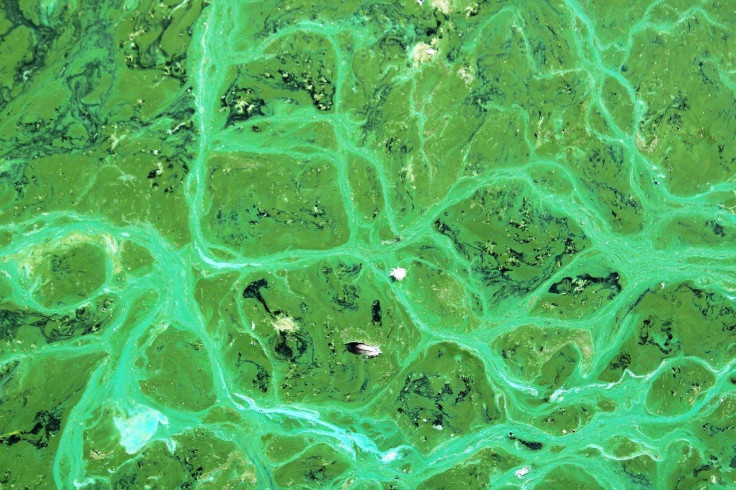National Park Issues Algal Bloom Warning After Dog's Death
Officials of a national park in Utah issued a health warning about potentially harmful exposure to harmful toxins in the water following a dog's recent death. Visitors are being advised not to swim and, to keep their pets away from the water.
It was on July 4 when a dog died about an hour after swimming in the North Fork of Zion National Park's Virgin River where, at one point, it was reportedly "snapping" at the algae in the rocks. Before passing away, the dog experienced seizures, couldn't walk, and was in pain. The symptoms that he showed before dying are consistent with exposure to cyanobacteria toxins.
On Saturday, July 11, the National Park Service issued a news release announcing that the water in the area where the dog died tested positive for the toxins. Specifically, some of the water samples had anatoxin-a concentrations higher than 55 micrograms per liter when the health threshold for recreation is 15 micrograms per liter.
Anatoxin-a is a nervous system cyanotoxin produced by several kinds of cyanobacteria.
As such, the Southwest Utah Public Health Department issued a health warning for the affected areas. Visitors are being advised not to swim in or drink the water, even if it passed through a filter or purifier, and to keep their pets out of the water. Local utilities that get their drinking water from the affected areas are also urged to ensure that the water is free of the toxins.
To be clear, the warning does not apply to the Santa Clara River Basin, Sand Hollow Reservoir and Quail Creek Reservoir.
See posts, photos and more on Facebook.
It was also around this time last year when a dog died within minutes after coming out of a river in Canada, where three other dogs had died from exposure to the same toxic algae.
Although cyanobacteria are a natural part of aquatic environments, some cyanobacteria, especially when in abundance, may produce concentration levels that can negatively affect people, pets and livestock.
According to the Animal Poison Control Center, most cyanobacteria do not produce toxins but, the problem is that is is "impossible" to know if the algae is toxic or not without proper testing. As such, all the blooms should be considered dangerous, especially since even small exposures may result in death.
"Death follows within minutes to hours of exposure as a result of respiratory paralysis," the Animal Poison Control Center said. "Livestock that graze around affected ponds or lakes and are able to drink from them are often found dead near the water source."
So far, there is no antidote for the toxins produced by blue-green algae.
Particularly at risk for harmful exposures are dogs that enjoy playing in lakes and ponds. Anyone who suspects their dog may have been exposed to the toxins must immediately contact the Pet Poison Helpline for guidance.

© Copyright IBTimes 2024. All rights reserved.






















